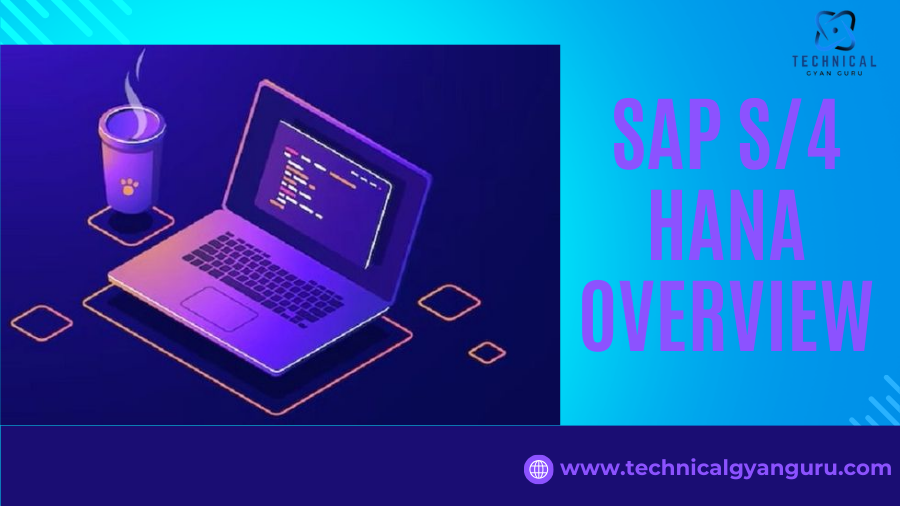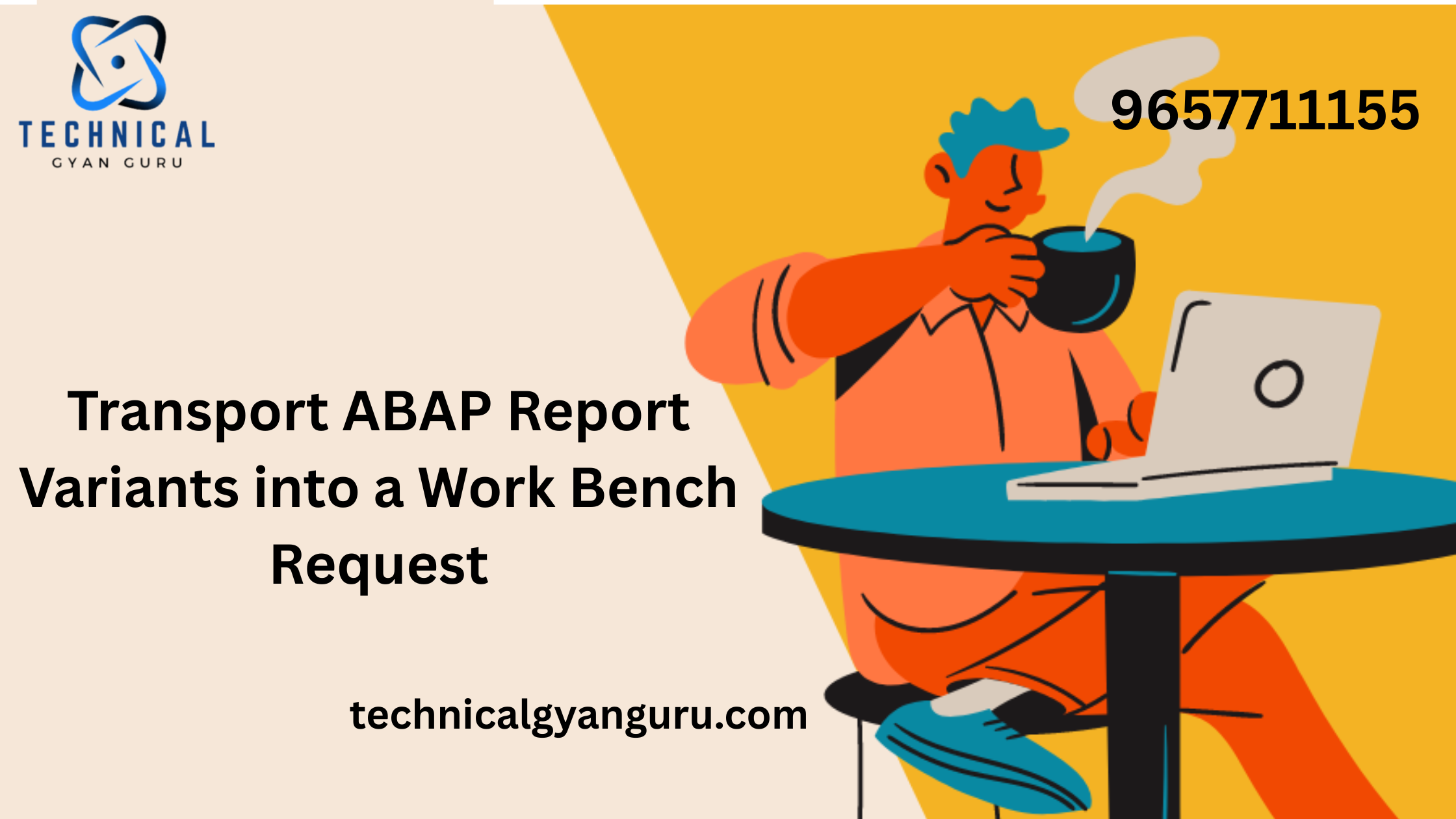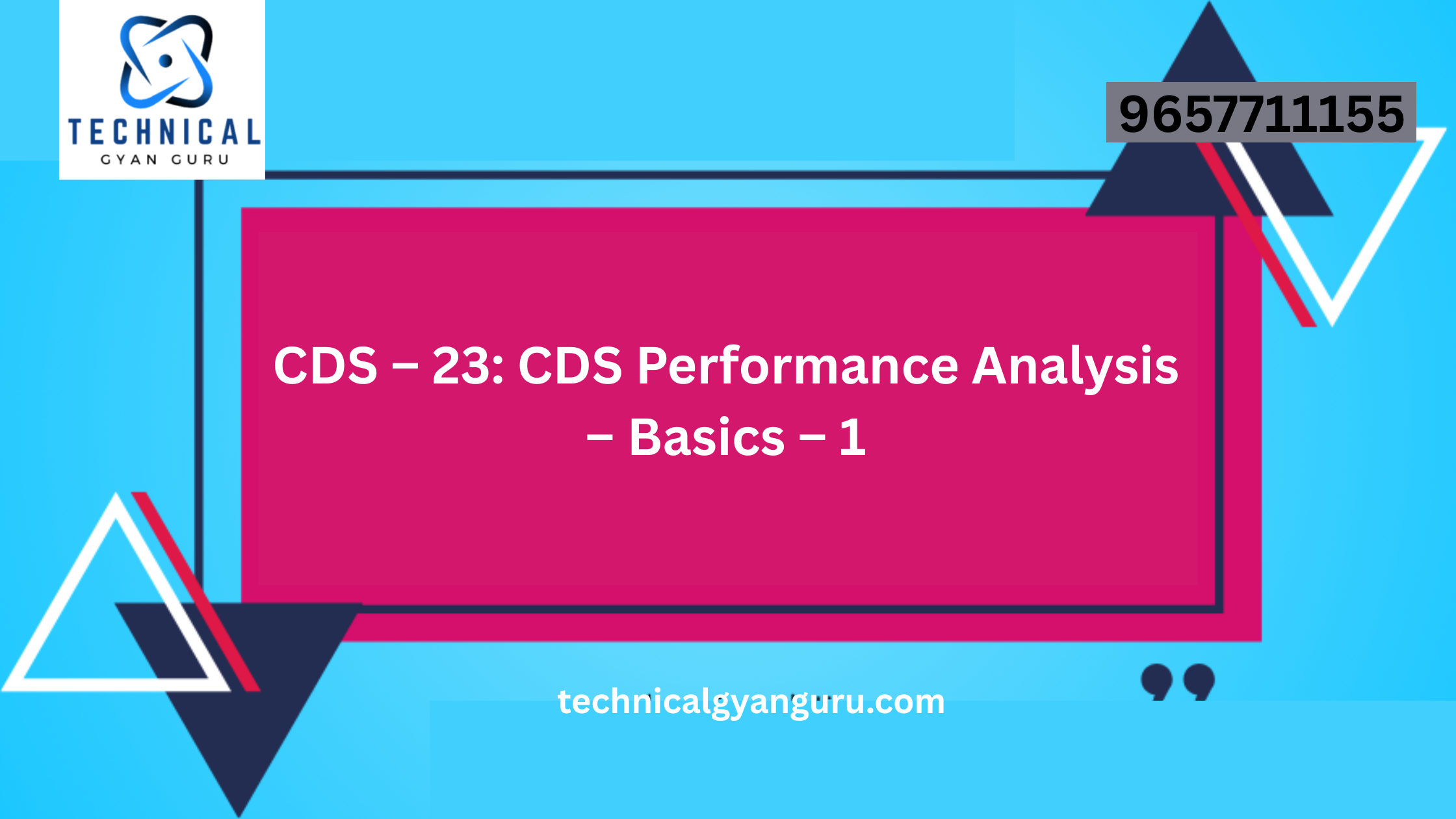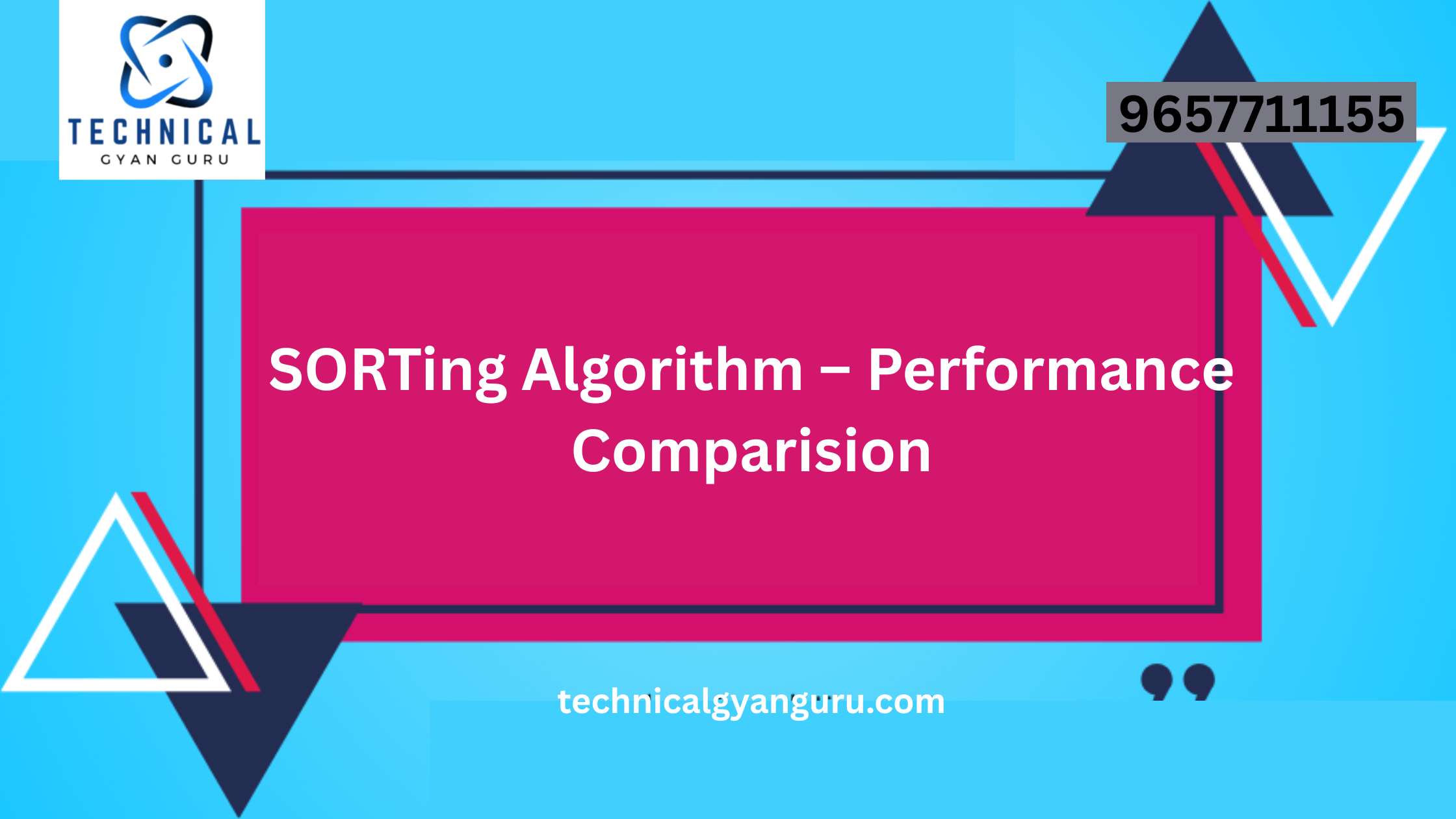
Discover SAP S/4HANA the next-gen ERP solution offering real-time analytics, streamlined processes, and enhanced user experiences for modern enterprises
In today’s dynamic business landscape, agility is paramount. Companies need to adapt swiftly to changing market trends, customer demands, and technological advancements. This is where SAP S/4HANA comes in – a next-generation Enterprise Resource Planning (ERP) system designed to empower organizations with real-time insights, streamlined processes, and intelligent automation.SAP HANA is an enterprise resource planning (ERP) suite designed to help businesses run more efficiently and effectively. Built on the SAP HANA in-memory database, S/4HANA combines advanced analytics, real-time data processing, and simplified user experiences to support various business functions such as finance, supply chain, and manufacturing. This next-generation ERP solution offers integrated applications that enhance business operations, improve decision-making, and drive digital transformation. With its streamlined architecture, SAP HANA enables businesses to adapt quickly to changing market conditions and achieve greater agility and efficiency.
Understanding the SAP S/4HANA Value Proposition
At its core, SAP HANA simplifies and streamlines core business operations. It leverages the in-memory computing capabilities of the SAP HANA database, enabling real-time data processing and analysis. This translates to significant advantages for businesses, including:
- Enhanced decision-making: With access to real-time data, businesses can make informed decisions faster and more effectively. Imagine having instant insights into inventory levels, customer behavior, and production bottlenecks – this empowers proactive decision-making and course correction as needed.
- Improved operational efficiency: Streamlined processes and reduced complexity are hallmarks of SAP HANA. The system automates manual tasks, eliminates data silos, and fosters seamless collaboration across departments. This translates to increased efficiency, reduced costs, and improved productivity.
- Greater innovation: Freed from cumbersome legacy systems, businesses can focus on innovation. SAP S/4HANA’s built-in intelligent technologies, including Machine Learning and Artificial Intelligence, unlock new possibilities for process automation and data-driven insights that can fuel business transformation.
- Superior user experience: The user interface of SAP S/4HANA is modern, intuitive, and role-based. This ensures a smooth learning curve for users and fosters greater adoption across the organization.
Key Features and Functionalities of SAP S/4HANA
Let’s delve deeper into some of the key features and functionalities of SAP S/4HANA:
- Simplified data model: The data model in SAP S/4HANA is significantly simplified compared to its predecessors. This reduces complexity, improves data consistency, and enhances performance.
- Built-in analytics: Gone are the days of needing separate systems for ERP and analytics. SAP S/4HANA embeds powerful analytics capabilities, providing real-time insights directly within the ERP system.
- Deployment options: Businesses can choose from on-premise, cloud, or hybrid deployment options for SAP S/4HANA, offering greater flexibility to suit individual needs and IT infrastructure.
- Industry-specific solutions: SAP S/4HANA caters to various industries with pre-configured solutions that address specific industry pain points and best practices.
Addressing Common Concerns Regarding SAP
While the benefits of SAP are undeniable, some concerns linger:
- Implementation complexities: Moving to a new ERP system can be a daunting task. However, SAP offers comprehensive migration tools and resources to ensure a smooth transition.
- Cost considerations: The initial investment in SAP S/4HANA can be significant. However, the long-term benefits in terms of increased efficiency, productivity, and innovation often outweigh the initial costs.
Taking the First Step Towards Business Transformation
- Evaluate your current business needs and challenges. Identify areas where your current ERP system is falling short.
- Assess your readiness for change. Consider your IT infrastructure, budget, and team capabilities.
- Explore deployment options. Determine whether on-premise, cloud, or a hybrid approach aligns best with your needs.
- Partner with a trusted SAP implementation consultant. An experienced consultant can guide you through the entire process, from assessing your needs to successfully implementing the system.
Conclusion
SAP S/4HANA is more than just an ERP system; it’s a strategic investment in your organization’s future. By unlocking real-time insights, streamlining processes, and fostering intelligent automation, SAP S/4HANA empowers businesses to navigate the ever-changing digital landscape with agility and achieve sustainable success.
you may be interested in this blog here:-
Top SAP Modules in Demand 2024 Insights & Trends
Advanced OOP Concepts in SAP ABAP A Comprehensive Guide
GRC Security: Ensuring Comprehensive Governance, Risk, and Compliance








